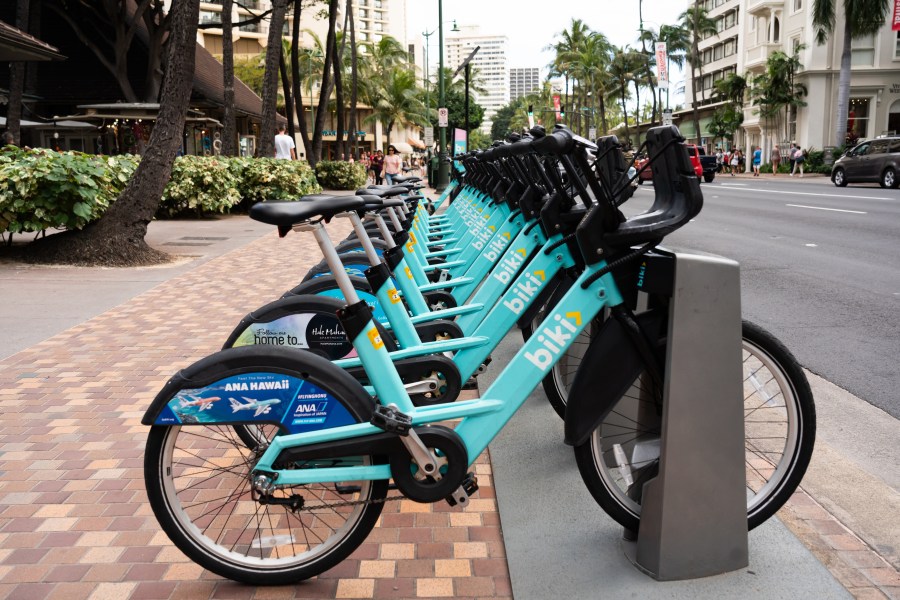HONOLULU (KHON2) — During the pandemic, the streets of Honolulu transformed. With fewer cars on the road, people began to rediscover the freedom of walking and biking.
Yet, as the city started to open back up, public transportation saw a decline in use. Honolulu Councilmember Radiant Cordero observed this shift with a keen eye and a determined spirit.
“People are still getting used to coming back to public transportation,” Councilmember Cordero remarked in a recent discussion. The Oʻahu Transit Services had done an admirable job prioritizing safety, but the challenge now was to restore public confidence.
She believed that clear communication and education were crucial. Highlighting that “information to the public was sorely needed.”
As part of her efforts, Councilmember Cordero joined the National League of Cities Transportation and Infrastructure Committee.
Here, she delved into Vision Zero, an ambitious strategy aimed at eliminating traffic fatalities and severe injuries. “We need to look at education and crashes, but also designing and using data is sorely needed,” she explained.
Cordero knew that creating safer streets wasn’t just about policies and designs; it was about budgets.
“It really shows up when we put money where our mouths are,” she often said. This was evident in the bike infrastructure projects she championed. The Pearl Harbor bike path, Nimitz Highway, and North King Street through Kalihi and Chinatown were all slated for improvements. These projects required substantial funding, but she was determined to see them through.
One of her proudest achievements was the Safe Routes to School program.
Initiated by her predecessor, this program aimed to create dedicated walking and biking paths for students. It took over a decade to fully implement, underscoring the persistence needed for such initiatives.
“We have infrastructure available to show for it,” she stated with pride.
Cordero also recognized the cultural significance of biking in Kalihi. The annual community bike ride, organized in partnership with Kokua Kalihi Valley, was a testament to this.
“Biking is still widely accepted. We see many people from young kids, especially adults and many Kupuna in Kalihi that are utilizing bicycles,” she noted. The event brought neighbors together, highlighted the importance of safe biking infrastructure, and underscored the need for community involvement.
But how could she encourage more people to choose bikes over cars? Cordero believed in offering choices rather than mandates.
She supported expanding the bike share program to areas where it made sense, ensuring there were places to park bikes at key locations.
“Choosing the bike is making people choose a bike is also kind of designing for safety as opposed to legislating and enforcing for safety,” she said.
Her approach was holistic. She saw the value in improving bus shelters, not just for comfort but for safety and convenience.
“People should want to fight for safer bus shelters,” she asserted.
Councilmember Cordero envisioned bus shelters that could withstand vandalism and provide real-time updates on bus arrivals, much like those found in Asia and Europe.
Despite the challenges, Councilmember Cordero remained optimistic. She saw more people returning to public transportation and using the new bike infrastructure. She believed in creating functional towns with easy access to food, groceries, and other essentials.
“King Street in Kalihi could be primed for that,” she said, envisioning a vibrant community where people lived, shopped, and interacted within walking or biking distance.
In her quest to make Honolulu safer and more accessible, Councilmember Cordero was guided by a simple principle: design for the future.
You can watch Councilmember Cordero’s full interview in the video above.
By fostering a culture of safety and convenience, she hoped to leave a lasting impact on her city. Her efforts reflected a deep commitment to her community and a vision for a safer, more connected Honolulu.
